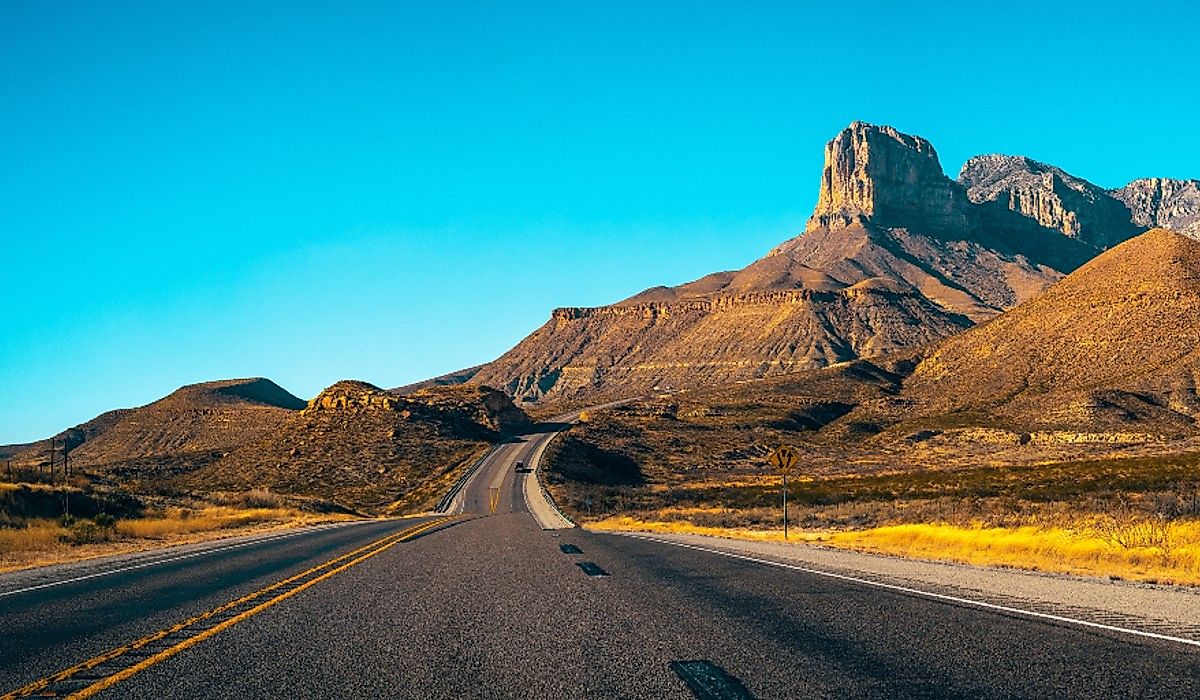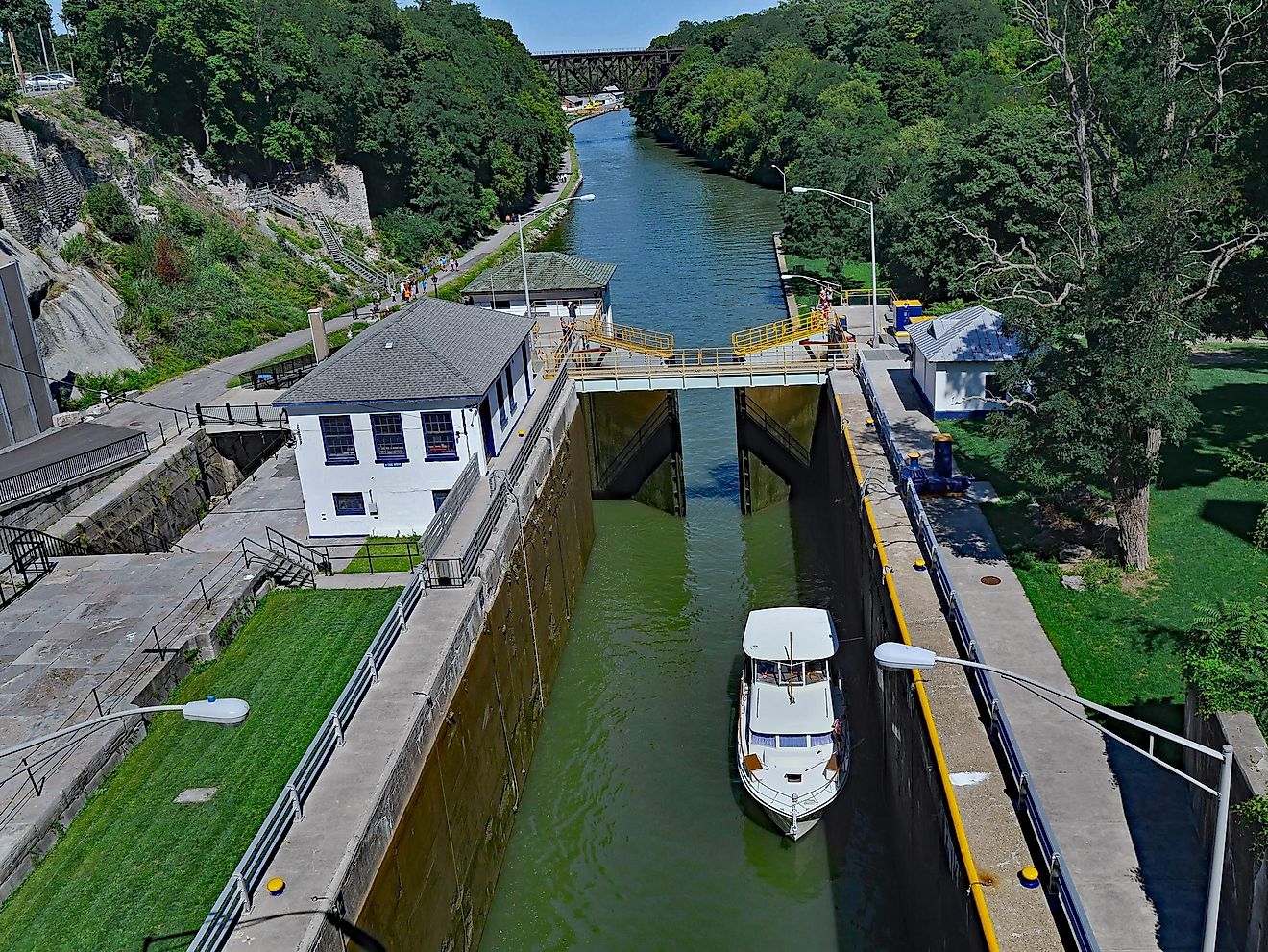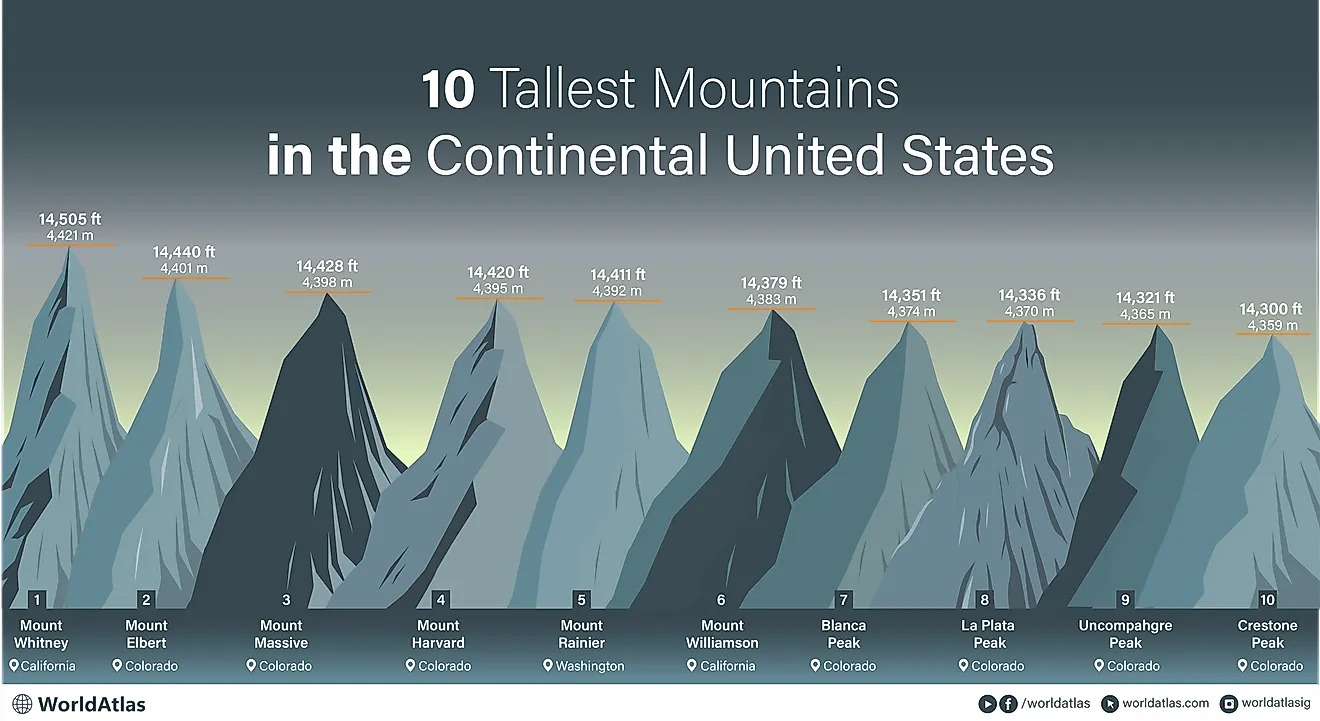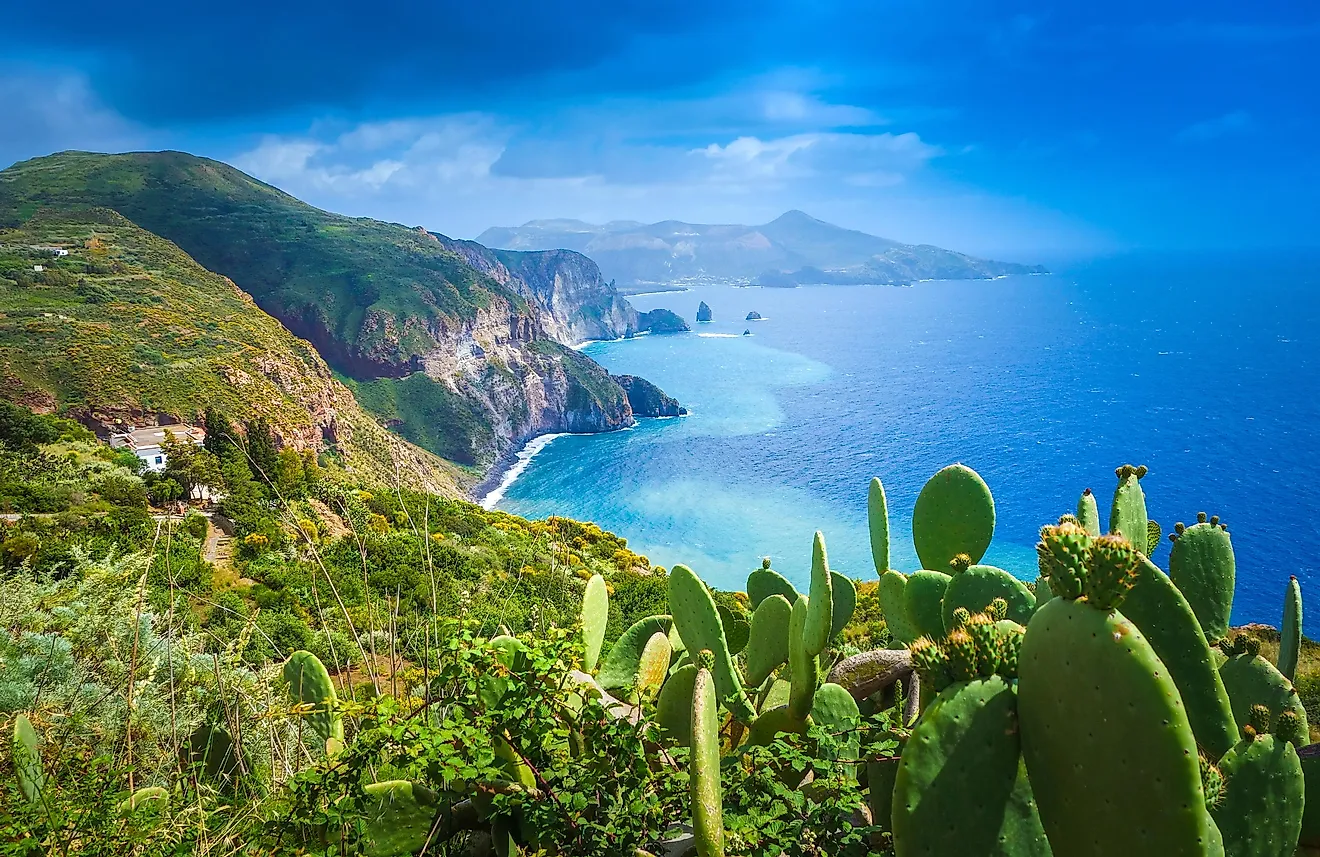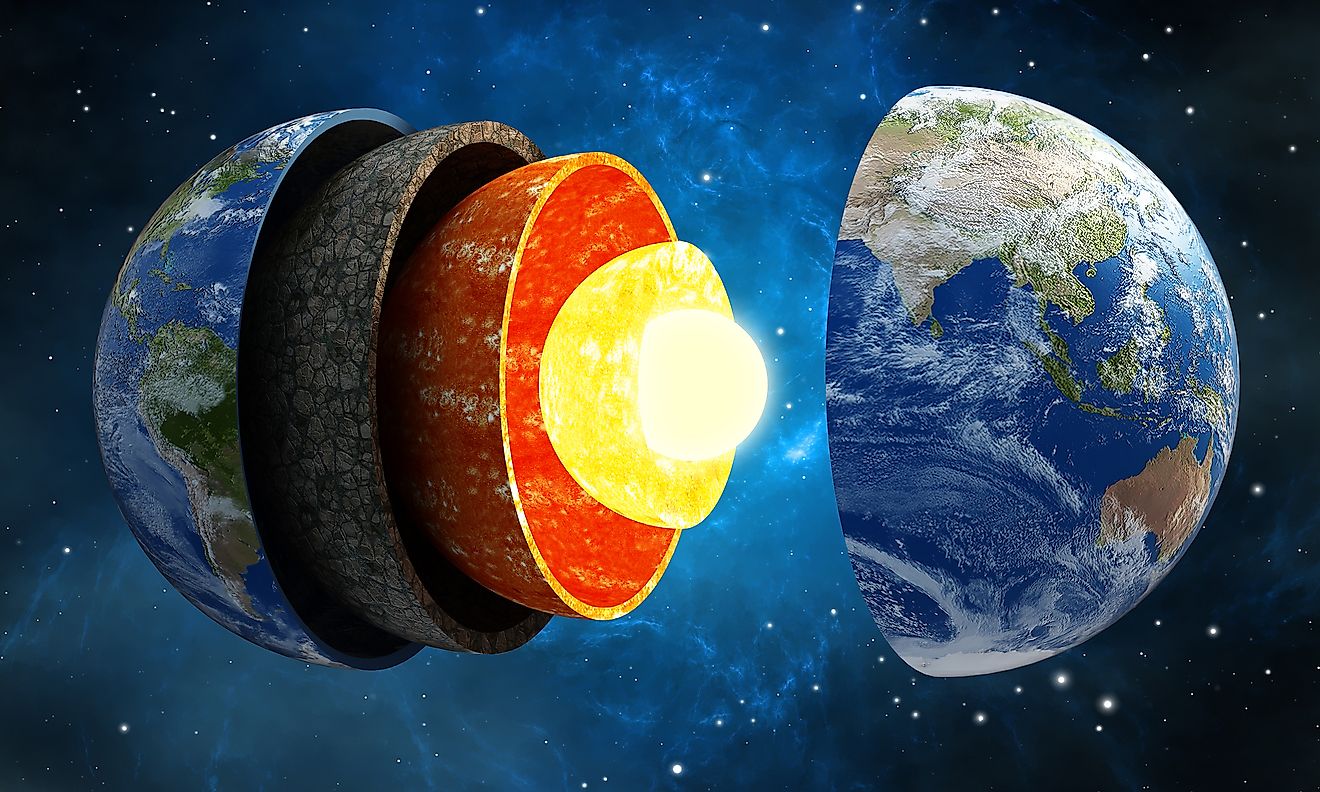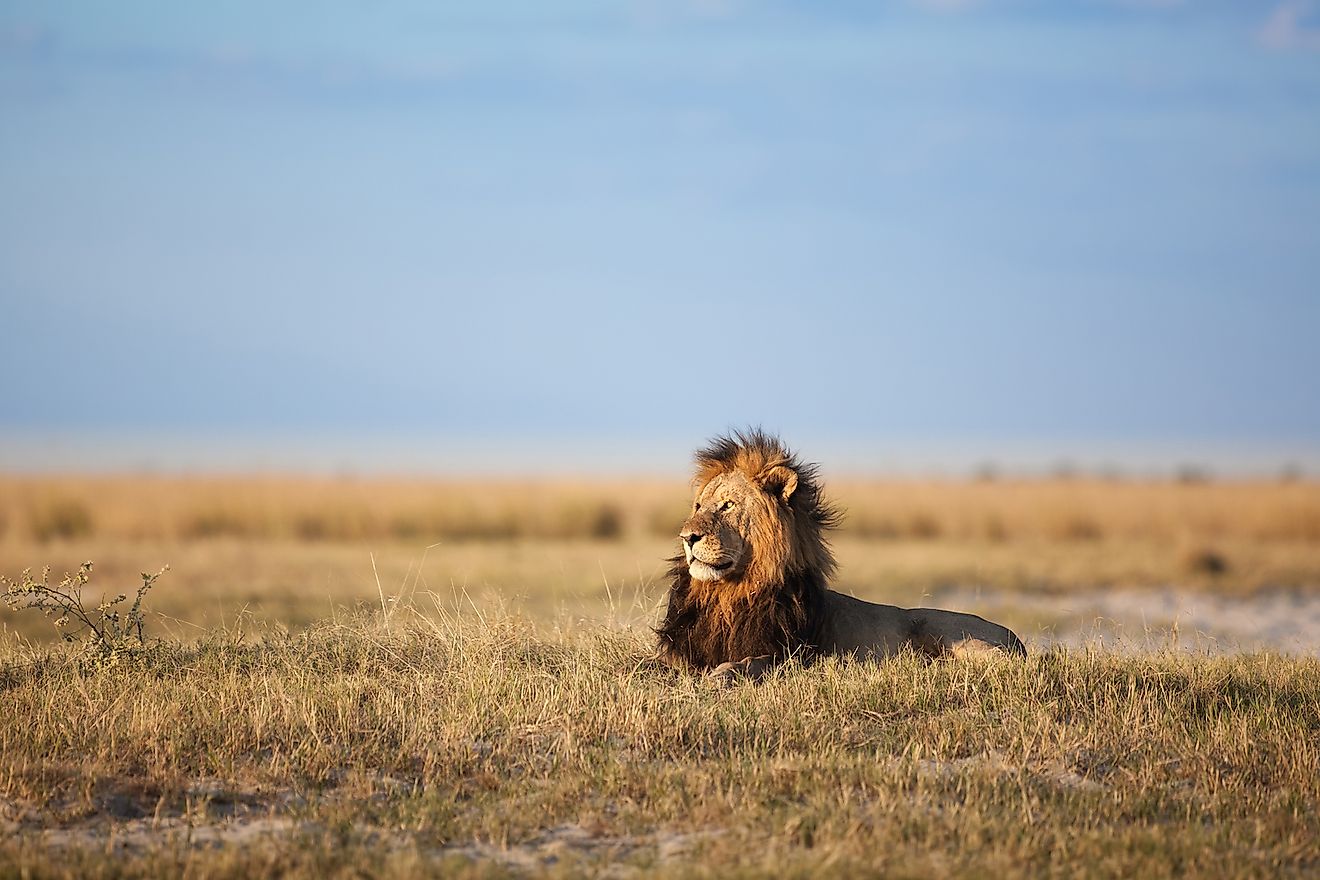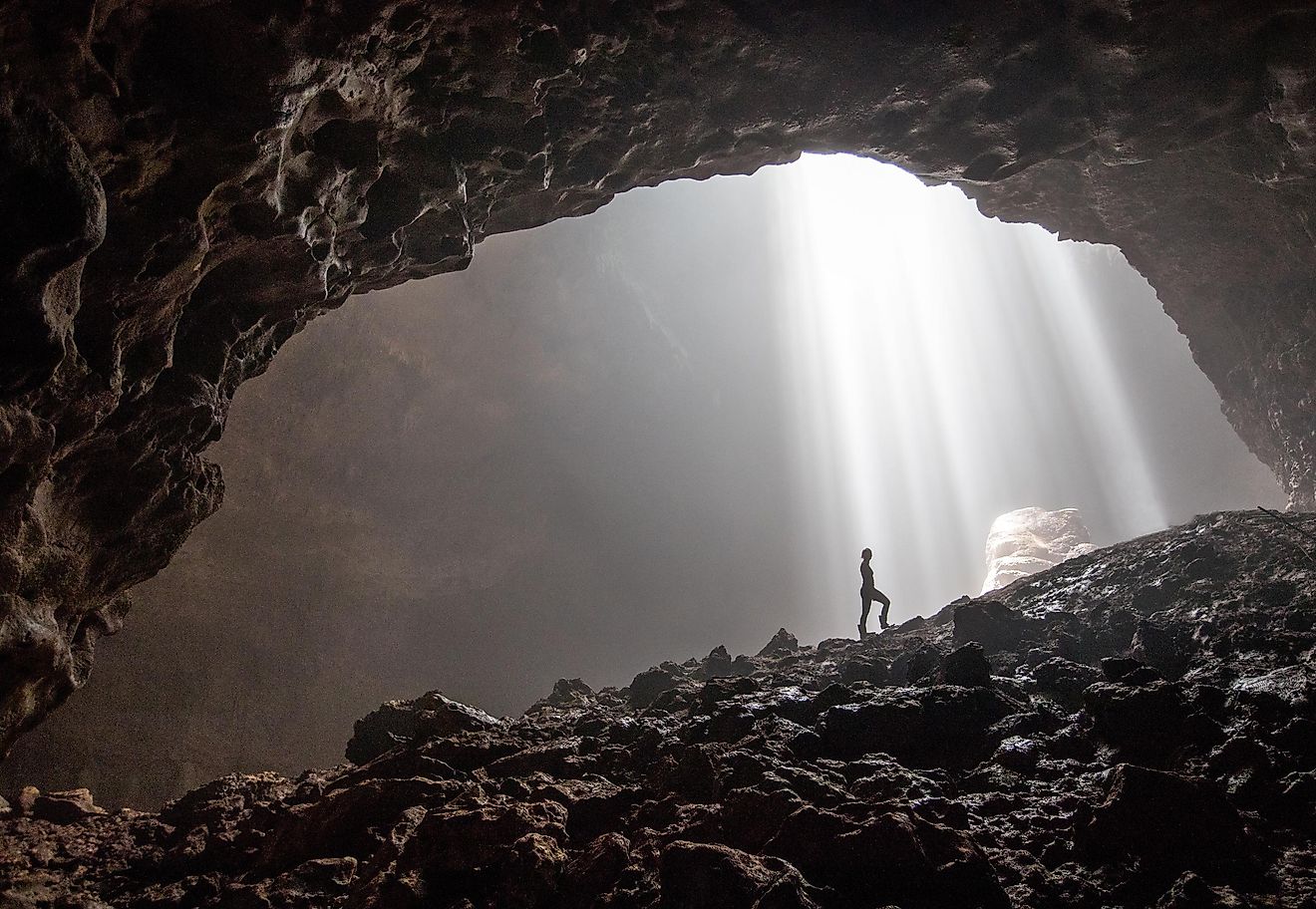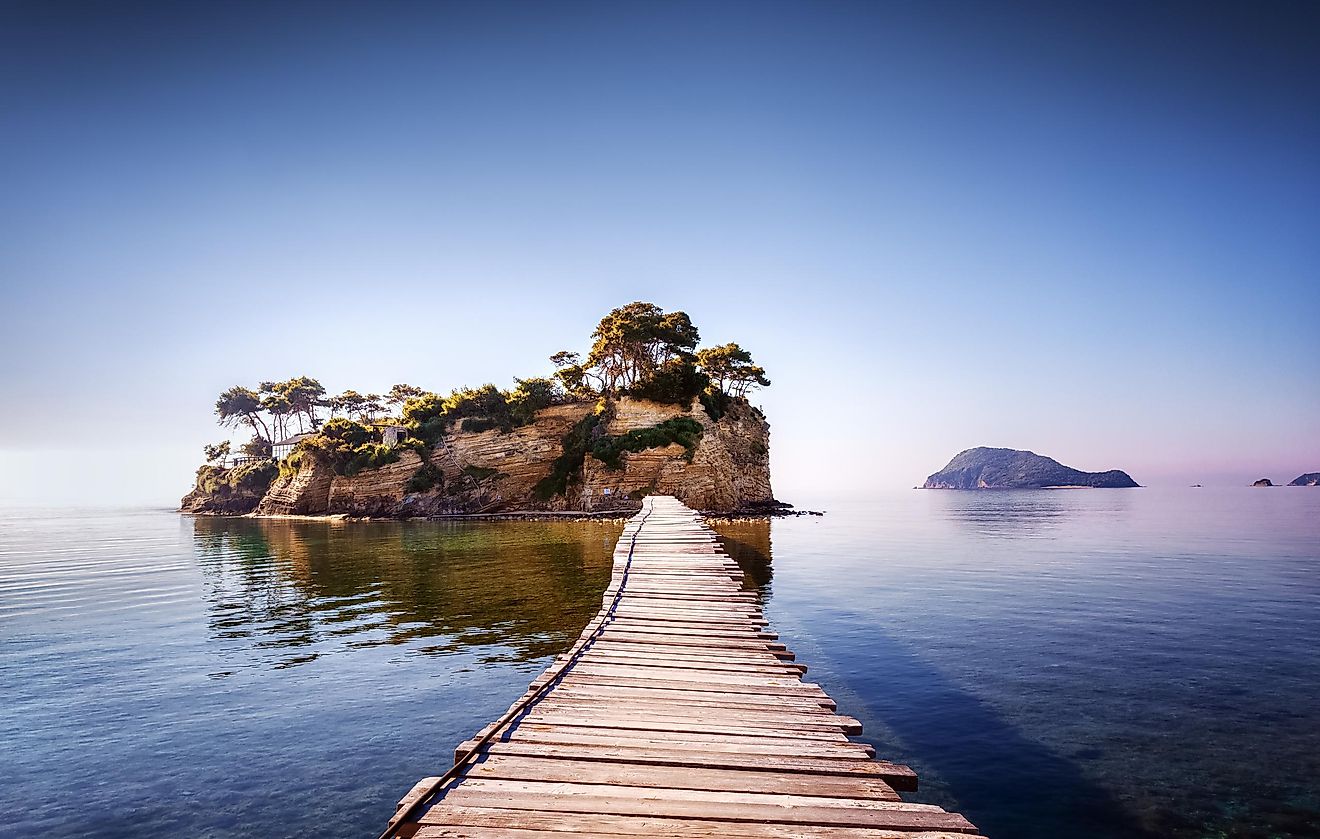
Hudson Valley
Also referred to as the Hudson River Valley, the Hudson Valley comprises the valley of the picturesque Hudson River and the adjoining communities of the US State of New York. Forming a physiographic section of the more extensive Ridge-and-Valley province, the Hudson Valley stretches along the eastern edge of New York, from the Capital District to the city of Yonkers in Westchester County. The Hudson Valley is rich in history, beauty, culture, and a developing food and farmer's market scene since it houses the Culinary Institute of America. Its various qualities include being the oldest wine-producing region in the nation and inspiring painters who eventually founded the Hudson River School of Painters. The region is also well-known for being the home of Franklin D. Roosevelt and the Vanderbilt Mansion.
Geography Of Hudson Valley

Bordering New York City from the south, the Hudson Valley stretches from the Capital District (which includes Troy and Albany) to the city of Yonkers in Westchester County. There are several rock formations in the valley, including the old Precambrian gneiss in the north and Triassic sandstones and redbeds in the south. Often described as "America's Rhine," the Hudson Valley is divided into three regions: upper, middle, and lower. Greene, Columbia, Albany, and Rensselaer counties are all included in the Upper Hudson Valley. The farms, orchards, rolling hills, and stunning river and mountain vistas are the main features of this area. Just north of Troy, the Hudson River's navigable waters come to an end, which then continues its flow as a tiny river to the state's highest mountain, Mount Marcy.
Putnam, Orange, Dutchess, and Ulster counties make up the Middle Hudson Valley. This area is renowned for its picturesque and historic gems, with its rolling hills, grand mansions, and the Shawangunk and Catskill Mountain ranges. The beautiful Hudson Highlands dominate the banks on each side of the Hudson as it narrows down in this region. The Hudson Highlands has been the site of several significant events during the Revolutionary War. Westchester and Rockland counties are included in the Lower Hudson Valley. The Hudson Valley's marshes and hills gradually give way to the metropolitan cityscapes of Manhattan in this region's landscape. Wealthy businessmen constructed a significant number of historic structures and estates in this area.
Climate Of Hudson Valley

Hudson valley receives about 42 inches of rainfall and 43 inches of snowfall yearly. July is the year's hottest month, having an average temperature of 83.7°F, making the Hudson Valley, one of New York's hottest areas. The best weather is experienced during the months of June, July, and August. January is the year's coldest month.
History Of Hudson Valley
Henry Hudson discovered the Hudson River on a mission to find the Northwest Passage in 1906. George Washington's headquarters were in the Hudson Valley when he ordered the American Army to be disbanded. The Hudson Valley was also heavily involved in the Civil Rights Movement, and statues of those who contributed significantly can be seen all over the area. In order to acknowledge, conserve, and study the valley's historically significant resources for the benefit of the country, Congress established the Hudson River Valley National Heritage Area in 1996. The Hudson Valley has served as the backdrop and source of inspiration for new currents in American history, art, and thinking, according to Congress, which declared it to be the "fountainhead of a truly American identity."
Biodiversity In Hudson Valley

The Hudson Valley is a biological crossroad, bringing together species and habitats from the north, south, west, and coast. The geographical position of the valley as well as the region's diverse geology and terrain are what contribute to its high biological diversity. Furthermore, more than 2,000 different species of plants, birds, animals, reptiles, and amphibians are housed in the region's environments. The Hudson Valley is home to about 90% of the birds, mammals, reptiles, and amphibians in New York State. Being one of the top four river drainages in the world for the diversity of turtle species, the Hudson Valley is particularly significant for turtles. Thousands of less famous but nevertheless crucial ecologically significant species of invertebrates, fungi, and bacteria also exist in the valley. It is also well known that the Hudson Valley is home to more dragonfly and damselfly species than virtually anyplace else in the country.
Attractions In Hudson Valley
Walkway Over The Hudson State Historic Park

For breathtaking views of the river, the 1.28-mile Walkway Over the Hudson is a must-see destination in the Hudson Valley. This steel cantilever bridge, which was constructed on the site of the previous Poughkeepsie-Highland Railroad Bridge, crosses the Hudson River to link the two cities. Take your time crossing this pedestrian walkway, pausing at different locations to explore the history of the bridge, take in the scenery of the towns along the river's edge, and breathe some fresh air. Most likely, you'll see many locals strolling their dogs and enjoying some exercise.
New York State Capitol

As part of the Empire State Plaza complex, the New York State Capitol is located atop the State Street hill in Albany. The richly carved interiors, marble columns, extravagant chandeliers, and stunning skylights of the stone edifice, constructed in the 1880s at a cost of more than $25 million, continue to astound tourists.
The Thomas Cole National Historic Site

Thomas Cole established American art as a global force. With his stunning depictions of Catskill landscapes, he established a brand-new, wholly American painting style and lay the groundwork for the Hudson River School of Art. In 2001, a museum honoring the life of the renowned artist was built in Cedar Grove, the home where he resided and painted in Catskill, New York. Although numerous museums across the world show Thomas Cole's artwork, his house has roughly 150 of them. The home is a recognized National Historic Site and is the site of various exhibitions, lectures on the Hudson River School, and other events.
Franklin D. Roosevelt Presidential Library And Museum

Visit the Franklin D. Roosevelt Presidential Library and Museum to trace the steps of Franklin and Eleanor Roosevelt. Learn more about the lives of Franklin and Eleanor as well as their influence on modern life as you admire private photos, manuscripts, family records, and videos. Explore displays that feature donations to the state, presents from the American people, and family treasures, as well as models, prints, and paintings. Visitors get the ability to experience what it's like to work at the Oval Office Desk through a very engaging experience. This landmark is an excellent way to learn about the country's history and politics.




